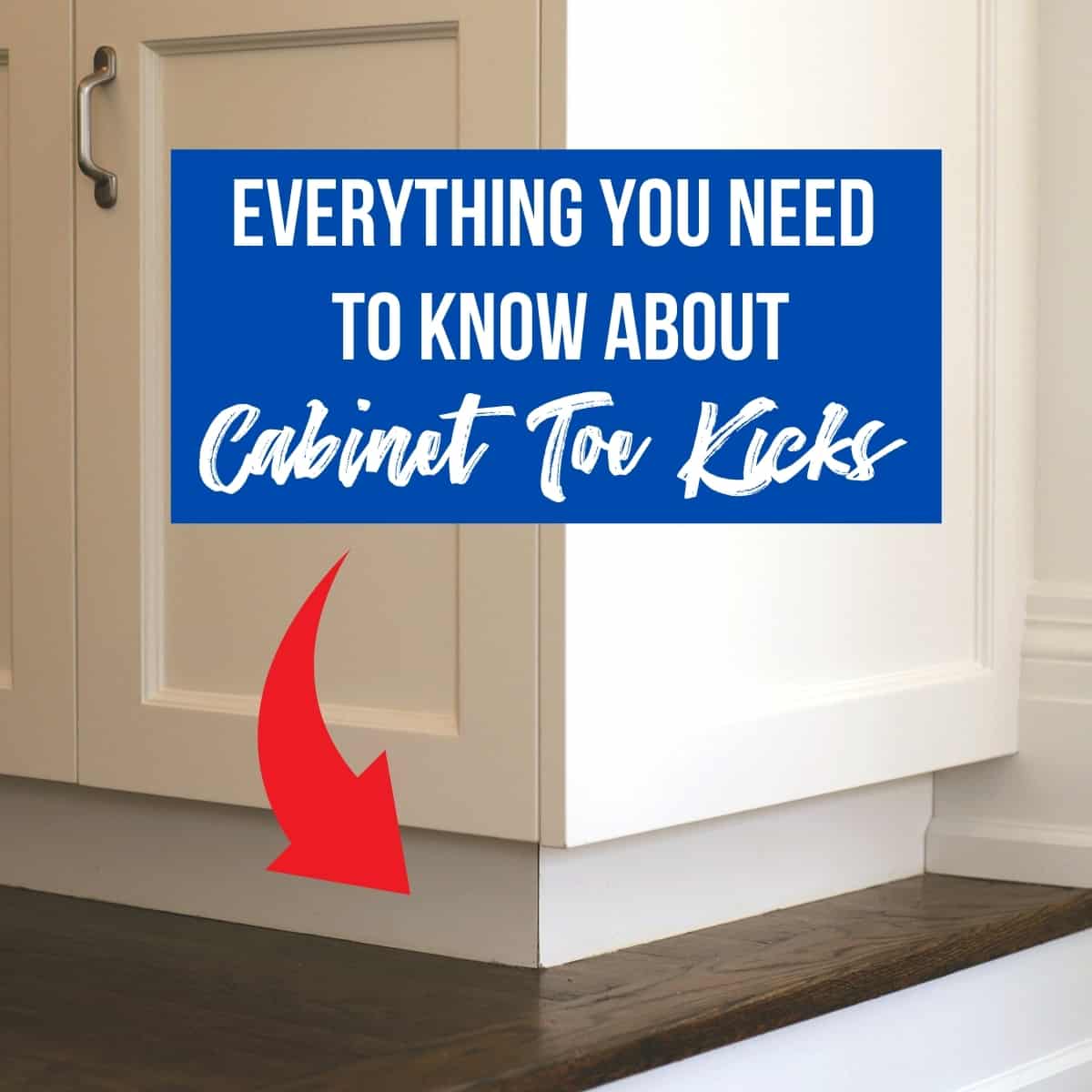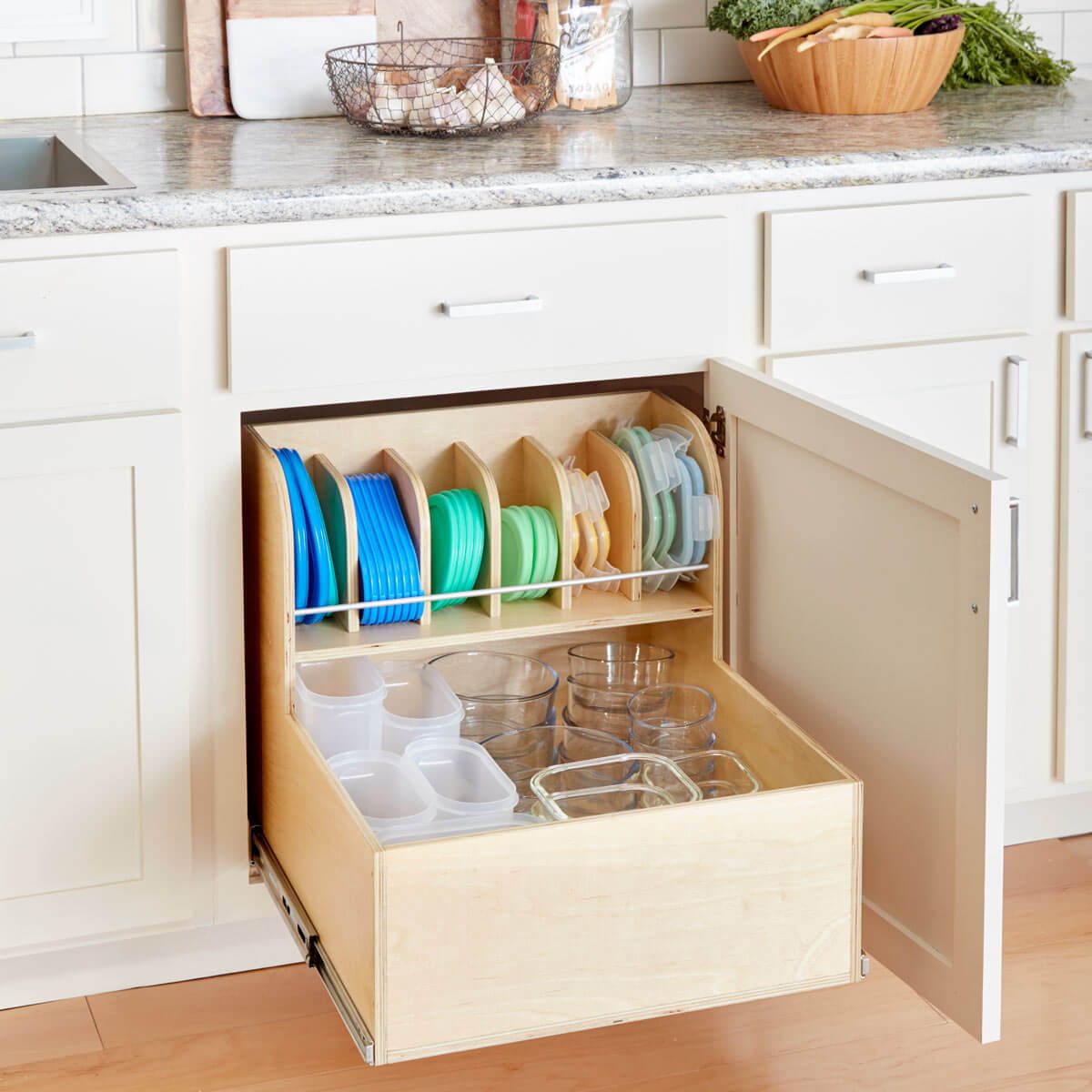Understanding Kitchen Cabinet Toe Kicks

Toe kicks are the often-overlooked but essential component of kitchen cabinetry. They are the small, usually unseen, sections of the cabinet base that extend out from the cabinet’s front face, creating a space between the cabinet and the floor. This seemingly simple design feature plays a crucial role in both functionality and aesthetics.
Purpose and Function of Toe Kicks
Toe kicks serve multiple purposes, contributing significantly to the overall design and functionality of your kitchen.
- Support and Stability: Toe kicks provide a solid base for the cabinet, enhancing its stability and preventing wobbling. They act as a structural support, distributing the weight of the cabinet evenly and ensuring its long-term durability.
- Accessibility: Toe kicks create a space under the cabinets, allowing for easy access to the floor for cleaning and maintenance. This space also helps to prevent dust and debris from accumulating under the cabinets, keeping your kitchen cleaner.
- Aesthetics: Toe kicks contribute to the overall visual appeal of the kitchen by creating a clean and finished look. They help to conceal the gap between the cabinet and the floor, making the cabinets appear more integrated with the space.
Materials Used for Toe Kicks
Toe kicks are typically made from the same materials as the cabinet boxes, ensuring a cohesive look. The choice of material often depends on factors such as budget, style, and durability requirements.
- Wood: The most common material for toe kicks, wood offers a natural and warm aesthetic. It is available in various species, each with unique characteristics, such as color, grain patterns, and durability.
- MDF (Medium-Density Fiberboard): An engineered wood product, MDF is a cost-effective alternative to solid wood. It is known for its smooth surface and consistent quality, making it suitable for painting or laminating.
- Plywood: A durable and versatile material, plywood is often used for toe kicks in high-traffic areas. It is available in different grades, with higher grades offering better moisture resistance and durability.
- Metal: For a modern and industrial look, metal toe kicks are gaining popularity. Stainless steel, aluminum, and iron are some common choices, offering durability and a sleek finish.
Toe Kick Designs and Styles
Toe kicks can be designed in various ways to complement the overall style of the kitchen. Here are some popular options:
- Standard Toe Kick: The most common type, standard toe kicks are a simple, flush design, extending out from the cabinet front face at a consistent height. This design is practical and unobtrusive, blending seamlessly with the cabinets.
- Recessed Toe Kick: This design features a slight indentation or recess in the toe kick, creating a subtle visual break and adding a touch of sophistication. Recessed toe kicks are often preferred for modern and contemporary kitchens.
- Decorative Toe Kicks: For a more personalized touch, decorative toe kicks can be incorporated. These can include intricate carvings, custom molding, or even tile inserts, adding a unique visual element to the kitchen.
Benefits of Kitchen Cabinet Toe Kicks

Toe kicks, the often overlooked space beneath kitchen cabinets, offer numerous advantages that contribute to both functionality and aesthetics in a kitchen. Beyond simply providing a finished look, toe kicks enhance ergonomics, improve accessibility, and contribute to the overall efficiency of the kitchen space.
Ergonomic Advantages
Toe kicks play a crucial role in improving the ergonomics of a kitchen. They provide a comfortable footrest, promoting proper posture and reducing strain on the back, knees, and ankles. This is especially important when standing for extended periods, such as while preparing meals or cleaning. The toe kick allows individuals to maintain a more natural standing position, reducing pressure on the lower body and improving circulation. This can significantly enhance comfort and reduce fatigue, especially for people who spend a considerable amount of time in the kitchen.
Aesthetic Benefits, Kitchen cabinet toe kick
Beyond their practical advantages, toe kicks significantly enhance the aesthetic appeal of a kitchen. They provide a clean, finished look to the cabinetry, concealing the often-unsightly space beneath the cabinets. This creates a more polished and cohesive appearance, elevating the overall design of the kitchen. Toe kicks can be customized to match the style of the cabinets, adding a touch of elegance and sophistication to the space.
Functionality and Storage
Toe kicks can also contribute to the functionality of the kitchen by providing additional storage space or accommodating appliances. Toe kick drawers can be incorporated to provide convenient storage for smaller kitchen items like utensils, cleaning supplies, or even trash bags. Additionally, toe kicks can be designed to house electrical outlets, providing easy access for small appliances or charging devices. This can significantly improve the efficiency of the kitchen by eliminating the need for bulky power strips or cords running across the floor.
Kitchen Cabinet Toe Kick Installation and Customization

Installing toe kicks on kitchen cabinets is a relatively simple process that can significantly enhance the aesthetics and functionality of your kitchen. This section will provide a step-by-step guide for installing toe kicks and explore various methods for customizing them to achieve a unique and personalized look.
Installing Toe Kicks on Kitchen Cabinets
Installing toe kicks on kitchen cabinets requires careful planning and execution to ensure a seamless and professional finish. The following steps Artikel the process:
- Measure and Cut Toe Kick Material: Begin by accurately measuring the length and height of each cabinet opening. Ensure that the toe kick material is cut to the exact dimensions to ensure a snug fit.
- Prepare the Cabinets: Before attaching the toe kicks, clean the cabinet bases to remove any dirt or debris. This will help ensure a secure bond.
- Attach Toe Kick Material: Depending on the material, use construction adhesive, screws, or a combination of both to secure the toe kicks to the cabinet bases. Ensure that the toe kicks are level and flush with the cabinets.
- Install Toe Kick Trim (Optional): For a finished look, install trim pieces along the edges of the toe kicks to cover any exposed edges or seams.
- Finish and Protect: After installation, apply a sealant or paint to protect the toe kicks from moisture and wear.
Customizing Toe Kicks
Toe kicks offer a unique opportunity to add a personalized touch to your kitchen. The following methods can be used to customize toe kicks:
- Adding Trim: Trim pieces, such as base molding, can be attached to the toe kicks to create a more elaborate and visually appealing design.
- Incorporating Molding: Molding can be used to create decorative accents and add depth to the toe kicks. For example, crown molding can be used to create a decorative top edge.
- Decorative Accents: Adding decorative accents, such as metal accents or decorative tile, can create a unique and personalized look.
Tips and Tricks for Professional Installation
- Use a Level: Ensure that the toe kicks are level and flush with the cabinets for a professional look.
- Pre-drill Holes: Pre-drilling holes in the toe kick material before attaching it to the cabinets will help prevent splitting or cracking.
- Use a Finishing Nailer: For a seamless finish, use a finishing nailer to attach the toe kicks and trim pieces.
- Caulk Gaps: Use caulk to fill any gaps between the toe kicks and the cabinets to create a smooth and professional finish.
Kitchen cabinet toe kicks, often overlooked, offer a surprising opportunity for aesthetic enhancement. While the primary function is to protect the cabinet base from wear and tear, they can also be incorporated into a cohesive design scheme. For instance, a simple upgrade could involve replacing standard toe kicks with custom beadboard panels, mimicking the look of DIY beadboard cabinet doors.
This creates a unified visual appeal, adding a touch of sophistication to the overall kitchen design, especially when paired with a contrasting paint color.
Kitchen cabinet toe kicks, often overlooked, play a crucial role in both aesthetics and functionality. Their height and design can significantly impact the overall look of your kitchen, while also providing a practical space for storage or even hiding unsightly plumbing.
For maximizing storage within your cabinets, consider incorporating a mesh 2 tier sliding cabinet basket , which can help organize and easily access items. This clever addition complements the toe kick by optimizing the vertical space within your cabinets, enhancing both functionality and visual appeal.
